Name Juan Alvarez | ||
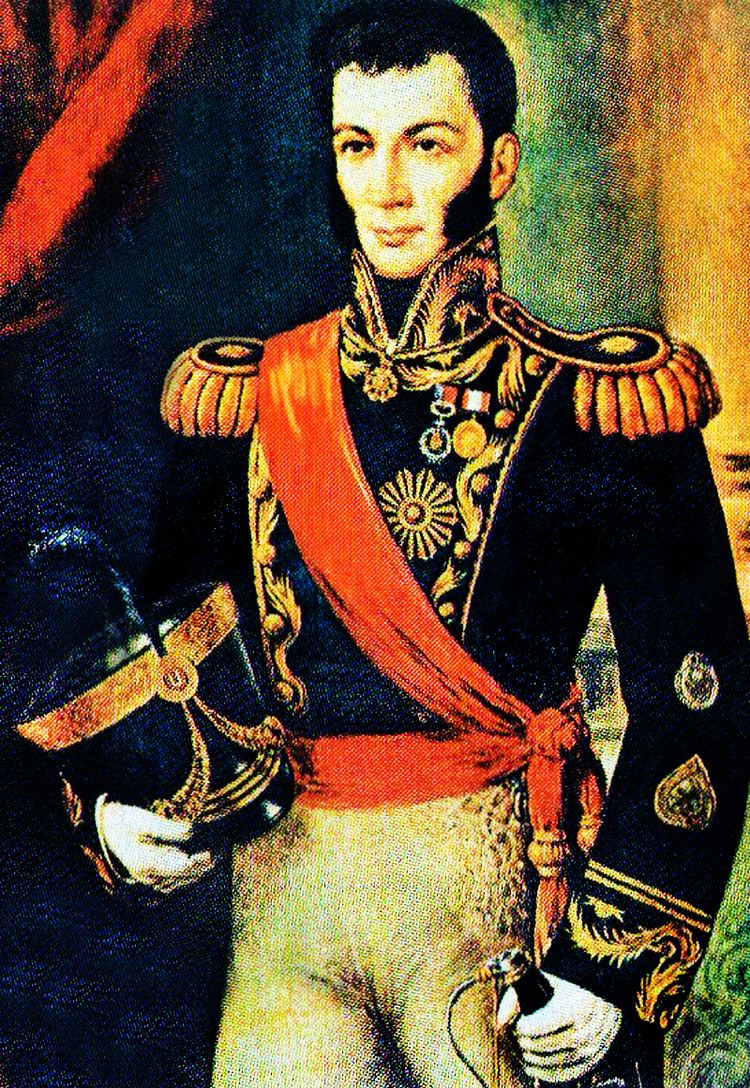 | ||
Died December 4, 1831(1831-12-04)Moraya, Bolivia | ||
El monumento a Arenales, de nuevo bajo heces de palomas
Retratos de la Plaza Arenales - Villa Devoto, Bs.As.
Juan Antonio Álvarez de Arenales (Reinoso, Spain, June 13, 1770 - Moraya, Bolivia, December 4, 1831) was an Argentine general of Spanish origin (considered also a Bolivian for his activities in Bolivia) that fought in the war for the United Provinces of the Río de la Plata, Chile and Peru.
Contents
- El monumento a Arenales de nuevo bajo heces de palomas
- Retratos de la Plaza Arenales Villa Devoto BsAs
- Early life
- Fights in Upper Peru
- Peru and the Sierra campaign
- Governor of Salta
- Death
- References
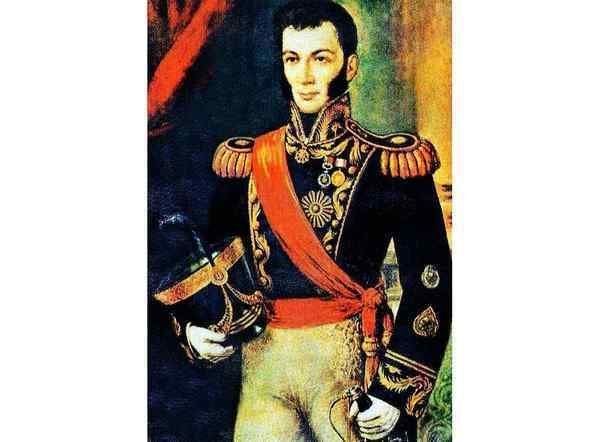
Early life
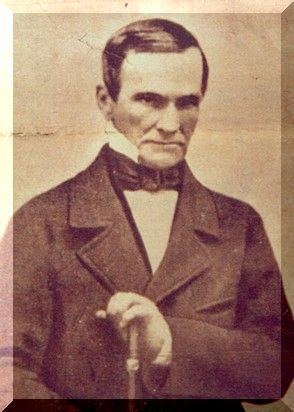
It is believed he was born in Spain in the town called Villa de Reinoso, in Castile, in 1770, although others say that he could have been born in Salta. Son of Francisco Alvarez Arenales and Maria Gonzalez.

In 1784 he came with his family to Buenos Aires, where he was educated to follow an ecclesiastical career. Arenales chose a military career.
Fights in Upper Peru
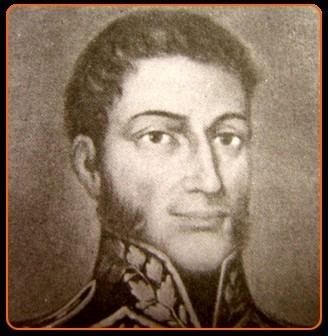
After completing his studies he was sent to Upper Peru, where he was part of the Chuquisaca Revolution of May 25, 1809, first movement against Spanish rule held in the Viceroyalty of the Río de la Plata.
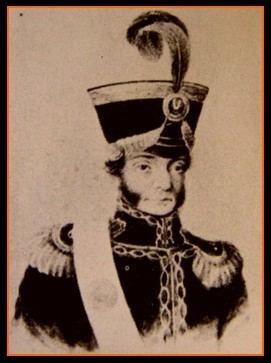
With the victory in the Battle of La Florida, he received many wounds and almost lost his life, protected the entrance to the High Peru of the Northern Army, in his third attempt to incorporate the Upper Peru to the revolution, led by José Rondeau, and reoccupied the city of Cochabamba.
Peru and the Sierra campaign
There he was promoted to general and confronted Martin Miguel de Guemes, leader by the way he was carrying on the Guerra Gaucha, successful defensive strategy of defending northern border, but very expensive for the province, especially for high classes.
In the mid-1817 he was named provincial commander of the army of Cordoba in almost permanent struggle with small groups of rebels gauchos, no positive results against the feds.
In 1819 he joined the Army of the Andes in Chile. General Jose de San Martin was appointed him to command a division for the Freedom Expedition of Peru. After his arrival, at the destination, he took over the two major campaigns to the mountains, to gain control over the area before the royalists could use as a base.
Governor of Salta
On January 1, 1824 he was named governor of Salta. His administration was orderly and efficient, seeking a liberal government in accordance with which had established Bernardino Rivadavia in Buenos Aires. The following year he made a final campaign to Upper Peru, hoping to fight against the last stronghold realistic in these provinces, but general Pedro Antonio Olañeta was murdered by his own soldiers, and ultimately accomplished nothing. Even failed to reinstate his province of Tarija region, which had been part of it.
Death
He died in the town of Moraya, Bolivia, in 1831, at the home of Colonel José Manuel Pizarro. He was buried there in the common ossuary except the skull, preserved by Colonel Pizarro and delivered in the city of Buenos Aires to María Josefa Uriburu Arenales, daughter and mother of the future president of Argentina, José Evaristo Uriburu. In May 1959 his remains arrived in Salta, being deposited in the "Pantheon of North Glories of the Republic", after satisfying a civic-military moving ceremony at the Cathedral of Salta.
